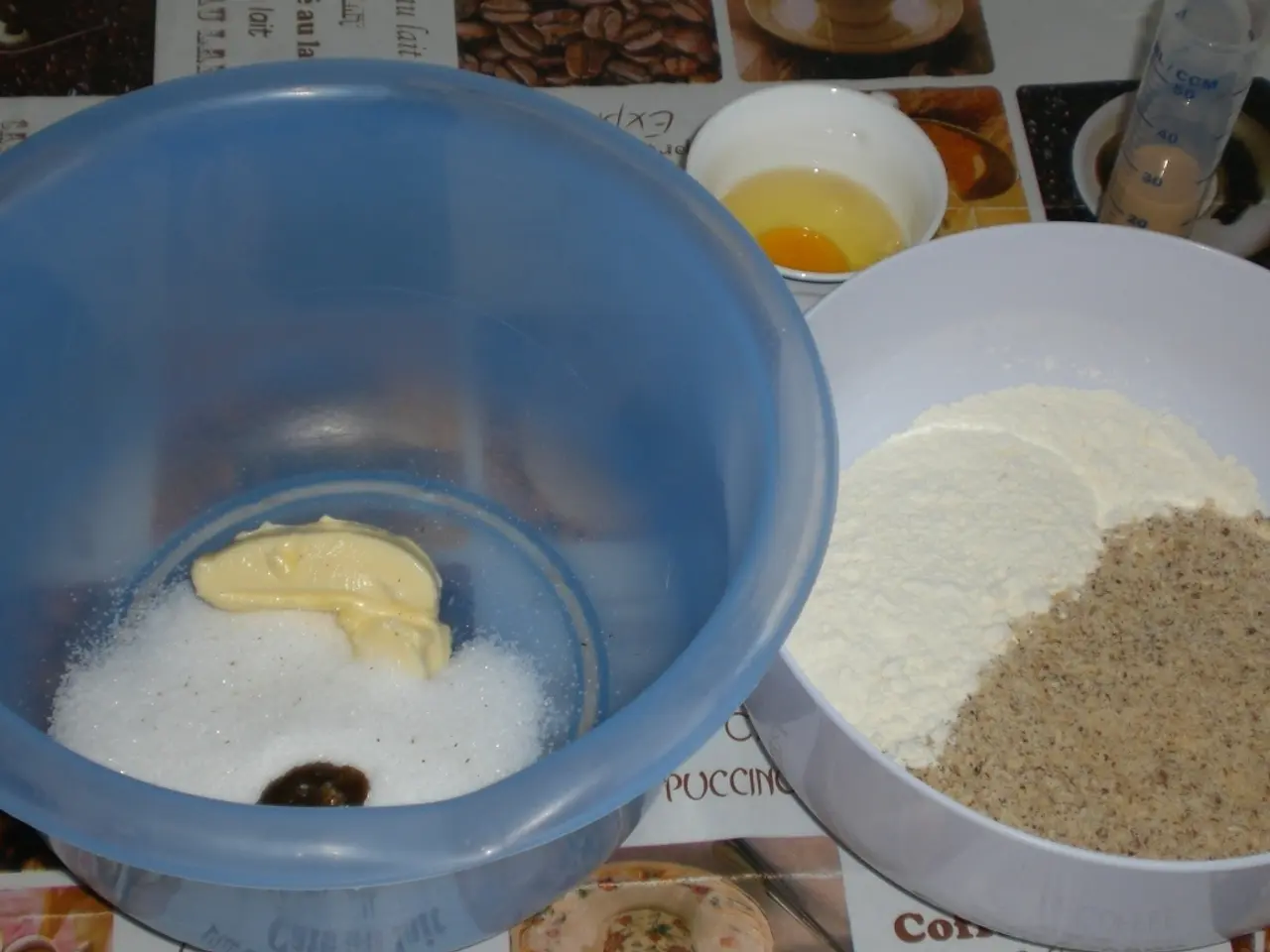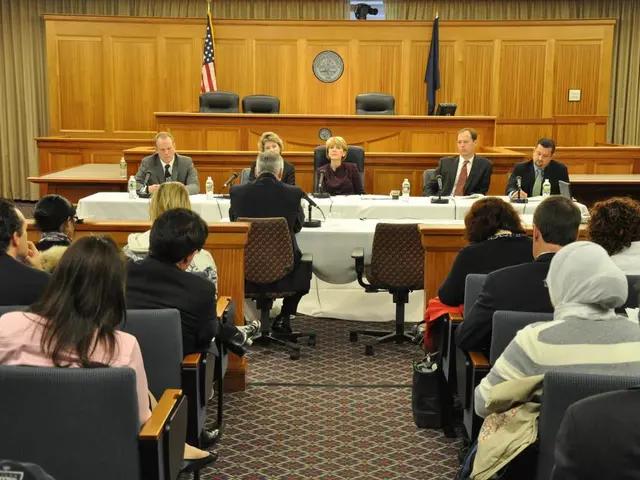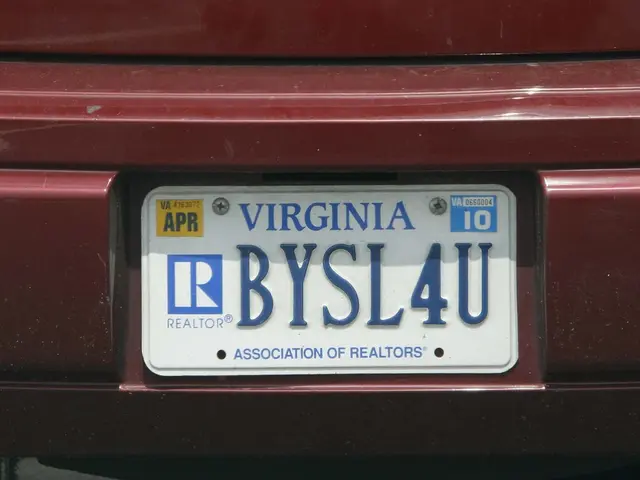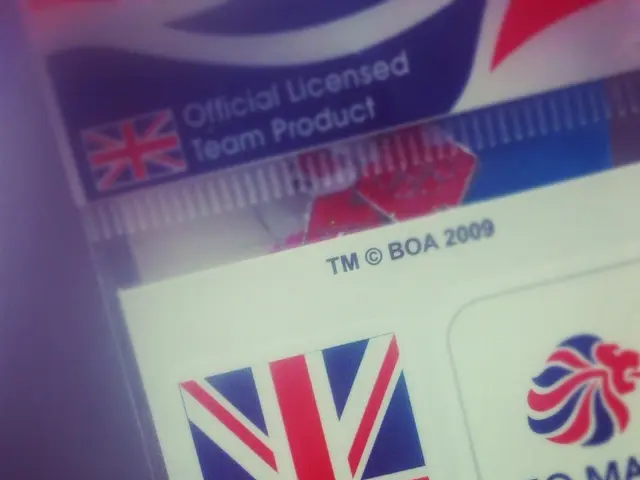Recurring gallbladder inflammation: Signs, remedies, and additional details
Chronic cholecystitis, an inflammation of the gallbladder, is a common condition that requires timely treatment to prevent severe complications. The standard treatment for this condition is a surgical procedure known as laparoscopic cholecystectomy, which involves the removal of the gallbladder.
Delaying treatment can lead to a host of potentially life-threatening complications. For instance, recurrent gallbladder attacks can occur due to the thickening and scarring of the gallbladder wall, making subsequent surgery more challenging.
One such severe complication is Mirizzi syndrome, where gallstones lodged in Hartmann's pouch or cystic duct can compress the common hepatic duct, causing obstructive jaundice without stones in the main bile ducts. This condition necessitates surgical intervention.
Another grave complication is gallbladder empyema, where the gallbladder fills with pus, causing severe illness with sepsis and high morbidity/mortality. This condition is diagnosed by ultrasound or CT and is treated surgically or by drainage.
Gallbladder rupture and bile leakage are also possible due to inflammation weakening the gallbladder wall. This is an emergency condition with serious consequences.
Pancreatitis, a serious inflammatory condition of the pancreas, can occur due to bile duct obstruction caused by gallstones.
Poor fat absorption may arise due to impaired bile flow, leading to chronic digestive symptoms.
Moreover, chronic inflammation and untreated gallstones may contribute to precancerous changes and rare gallbladder adenocarcinoma.
In summary, chronic cholecystitis left untreated can lead to severe, potentially fatal complications and worsened surgical outcomes if delayed. Timely diagnosis and interventions, often surgery, are recommended to prevent these consequences.
Diagnosing chronic cholecystitis involves a medical history, physical examination, and diagnostic tests such as hepatobiliary scintigraphy, CT scan, ultrasound, or MRI. Risk factors for this condition include obesity, pregnancy, advanced age, being female, being of Hispanic or Pima Indian descent.
People who experience a sudden, sharp pain in their upper right abdomen or have fever, chills, and yellowing of the skin should seek immediate medical attention, as these may be signs of a more severe form of cholecystitis.
The outlook for chronic cholecystitis is positive with appropriate treatment. In some cases, a person and their doctor can manage the condition without surgery. Nonsurgical options include a low-fat diet, medication to dissolve gallstones, endoscopic retrograde cholangiopancreatography to remove gallstones, and percutaneous cholecystectomy to drain the gallbladder.
Chronic cholecystitis can be caused by gallstones blocking the bile duct, biliary sludge, or a gallbladder infection. It's important to note that acalculous cholecystitis, a less common but potentially life-threatening form of chronic cholecystitis that occurs in critically ill individuals, does not involve gallstones.
Acute cholecystitis requires timely medical intervention to prevent further complications such as gangrenous cholecystitis or perforation. Cholecystitis can be a serious condition if a person does not receive treatment or if complications arise.
In conclusion, prompt treatment of chronic cholecystitis is crucial to prevent severe complications and ensure a positive outcome. If you experience symptoms or are at risk, it's essential to consult with a healthcare professional.
Read also:
- Eight strategies for promoting restful slumber in individuals with hypertrophic cardiomyopathy
- Exploring the Strength of Minimally Digestible Diets: A Roadmap to Gastrointestinal Healing
- Secondhand Smoke: Understanding its Nature, Impact on Health, and Additional Facts
- Overseeing and addressing seizure-induced high blood pressure complications in pregnancy, known as eclampsia







